Luminosity (bolometric) 0.060 ± 0.008 L☉ Magnitude 12.925 Apparent magnitude (V) 12.925 | Luminosity (visual, LV) 0.026 ± 0.006 L☉ Constellation Lyra | |
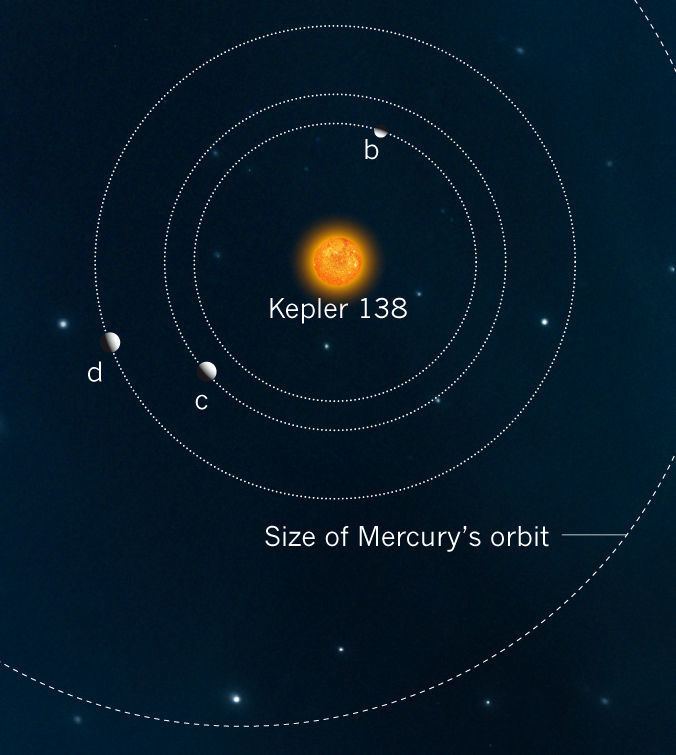 | ||
Coordinates RA 2h 6m 15s | Dec +34° 45′ 36″ Similar Kepler‑102, Kepler‑19, Kepler‑30, Kepler‑9, Kepler‑26 | ||
Kepler-138, also known as KOI-314, is a red dwarf located in the constellation Lyra, 200 light years from Earth. It is located within the field of vision of the Kepler spacecraft, the satellite that NASA's Kepler Mission used to detect planets that may be transiting their stars.
Contents
- Mass measurement of a mars size exoplanet kepler 138b
- Nomenclature and history
- Stellar characteristics
- Planetary system
- References
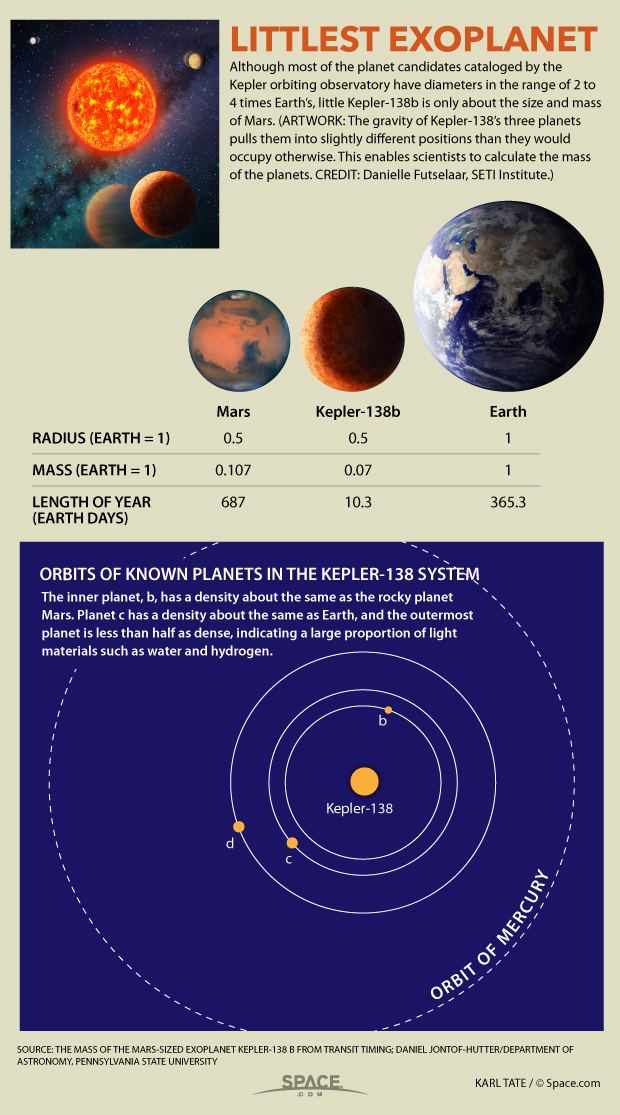
The star hosts three confirmed planets, including the lowest-mass planet with a measured mass and size discovered to date, Kepler-138b, with a mass comparable to that of Mars. Kepler-138d is remarkable for resembling a miniaturized gas giant with a density too low for a rocky planet, despite being the same mass as the Earth.
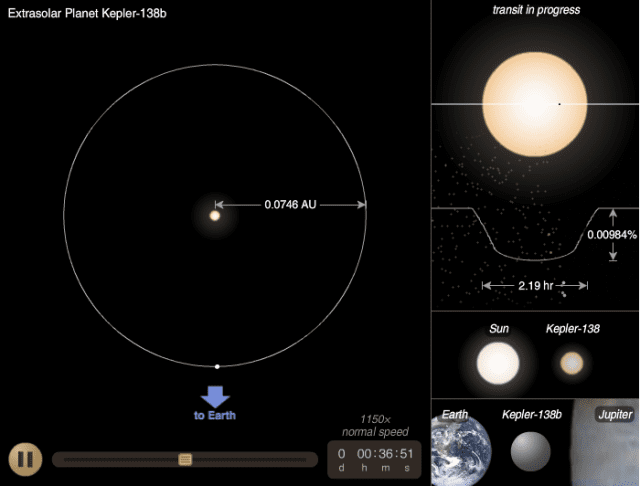
Mass measurement of a mars size exoplanet kepler 138b
Nomenclature and history
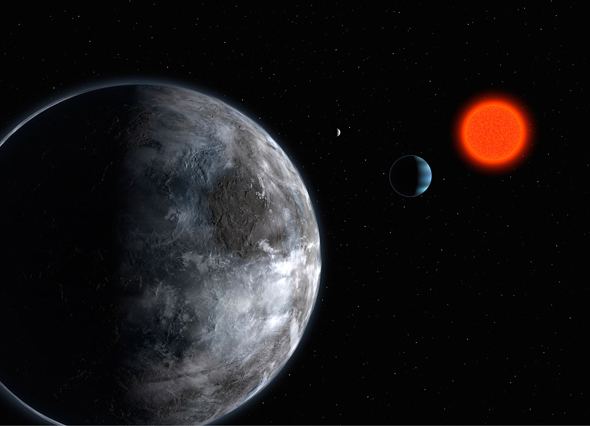
Prior to Kepler observation, KOI-314 had the 2MASS catalogue number 2MASS J19213157+4317347. In the Kepler Input Catalog it has the designation of KIC 7603200, and when it was found to have transiting planet candidates it was given the Kepler object of interest number of KOI-314.
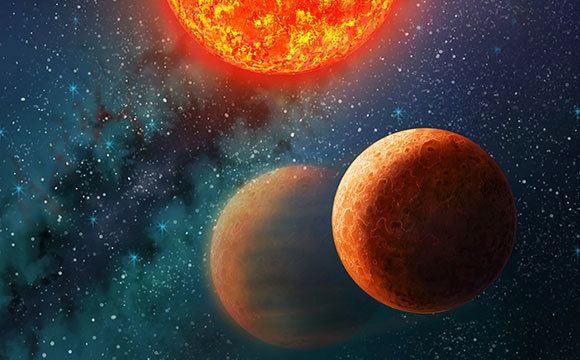
Planetary candidates were detected around the star by NASA's Kepler Mission, a mission tasked with discovering planets in transit around their stars. The transit method that Kepler uses involves detecting dips in brightness in stars. These dips in brightness can be interpreted as planets whose orbits pass in front of their stars from the perspective of Earth, although other phenomenon can also be responsible which is why the term planetary candidate is used. By timing these dips, gravitational interactions were detected between two of the candidates, allowing for a measurement of their masses and confirmation as real planets given that the masses were significantly below the deuterium burning limits.
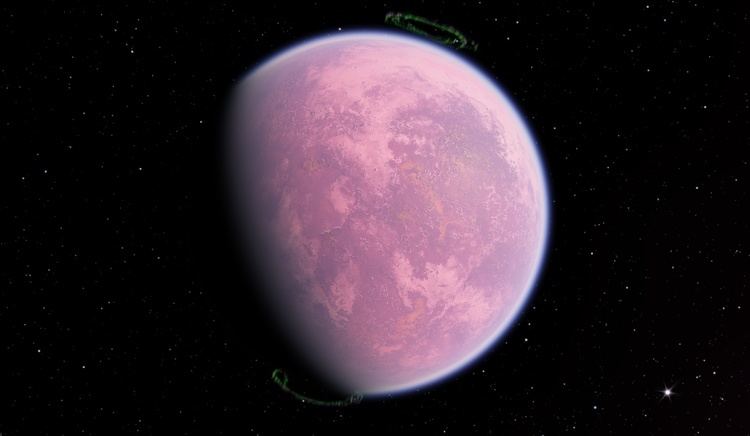
Following the acceptance of the discovery paper, the Kepler team provided an additional moniker for the system of "Kepler-138". However, the planets were discovered by scientists outside of the Kepler team and naming precedent belongs to the original discoverers (who refer to the star as KOI-314), unless the discoverers provide formal agreement for a change of name.
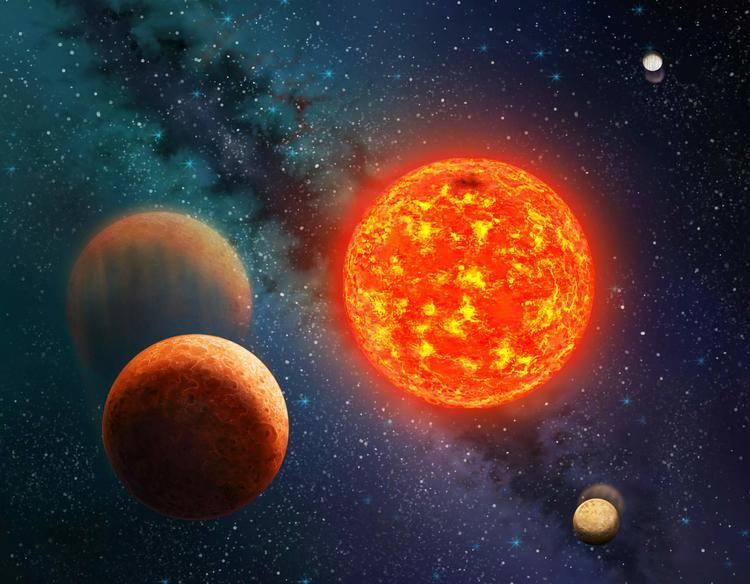
Candidate planets that are associated with stars studied by the Kepler Mission are assigned the designations ".01", ".02", ".03", etc. after the star's name, in the order of discovery. If planets candidates are detected simultaneously, then the ordering follows the order of orbital periods from shortest to longest. Following these rules, the first two candidate planets were detected simultaneously and assigned the names KOI-314.01 and KOI-314.02, with respective orbital periods of 13.8 and 23.1 days. Over a year later, a much smaller planet candidate was detected and assigned the name KOI-314.03, despite being the shortest orbital period planet (period of 10.3 days) found to date.
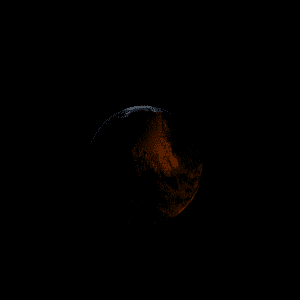
Confirmed planets are conventionally assigned the designations b, c, d, etc. after the star's name. The labels are assigned alphabetically in the order of discovery starting from b. Since KOI-314.01 and KOI-314.02 were confirmed as planets simultaneously, the alphabetical names were assigned in order of orbital period by the discoverers, and thus became KOI-314b and KOI-314c respectively. Since no gravitational interactions were detected due to KOI-314.03, this planetary candidate remained unconfirmed as 6 January 2014 and thus kept the same name.

In the following weeks, on 28 February 2014, a new paper validated KOI-314.03 as being a real planet with a false alarm probability of less than 1%. The new paper used different names for the planets, going from KOI-314b to Kepler-138c, KOI-314c to Kepler-138d and KOI-314.03 to Kepler-138b. Since KOI-314b and KOI-314c had been discovered in an earlier published article, naming precedent belongs to the original paper and thus KOI-314b and c cannot be renamed without formal agreement by the discoverers. However, KOI-314.03 was confirmed only in the later paper meaning this planet's name is given by the discoverers in the second paper, who use Kepler-138b. This has led to the unusual situation of having one star with two b planets in orbit and two different base-names for the orbiting planets.
Stellar characteristics
Kepler-138 is a red dwarf with approximately 57% the mass of and 54% the radius of the Sun. It has a surface temperature of 3871 ± 58 K. In comparison, the Sun has a surface temperature of 5778 K. Kepler-138's apparent magnitude (bright it appears from Earth's perspective) is 12.925, too dim to be seen with the naked eye.
Planetary system
All known planets transit the star; this means that all three planets' orbits appear to cross in front of their star as viewed from the Earth's perspective. Their inclinations relative to Earth's line of sight, or how far above or below the plane of sight they are, vary by less than one degree. This allows direct measurements of the planets' periods and relative diameters (compared to the host star) by monitoring each planet's transit of the star.
Although the inner most planet has a size similar to Mars, Kepler-138c and d both have a radius of 1.2 Earth radii. All of the planets are too close to their star to be considered within the habitable zone. Although Kepler-138c and d have the same size, their masses and densities vary greatly. Of these two, the inner planet is consistent with a rocky super-Earth, whereas the outer planet is thought to have a significant gas envelope and low density, resembling a miniaturized gas giant (a Gas dwarf). The striking differences between these two planets have been hypothesized to be due photoevaporation.
The KOI and Kepler letters for these planets don't match. KOI-314b and KOI-314c were confirmed by Kipping et al., but the Kepler team assigned the letters in a different order in their validation paper.
